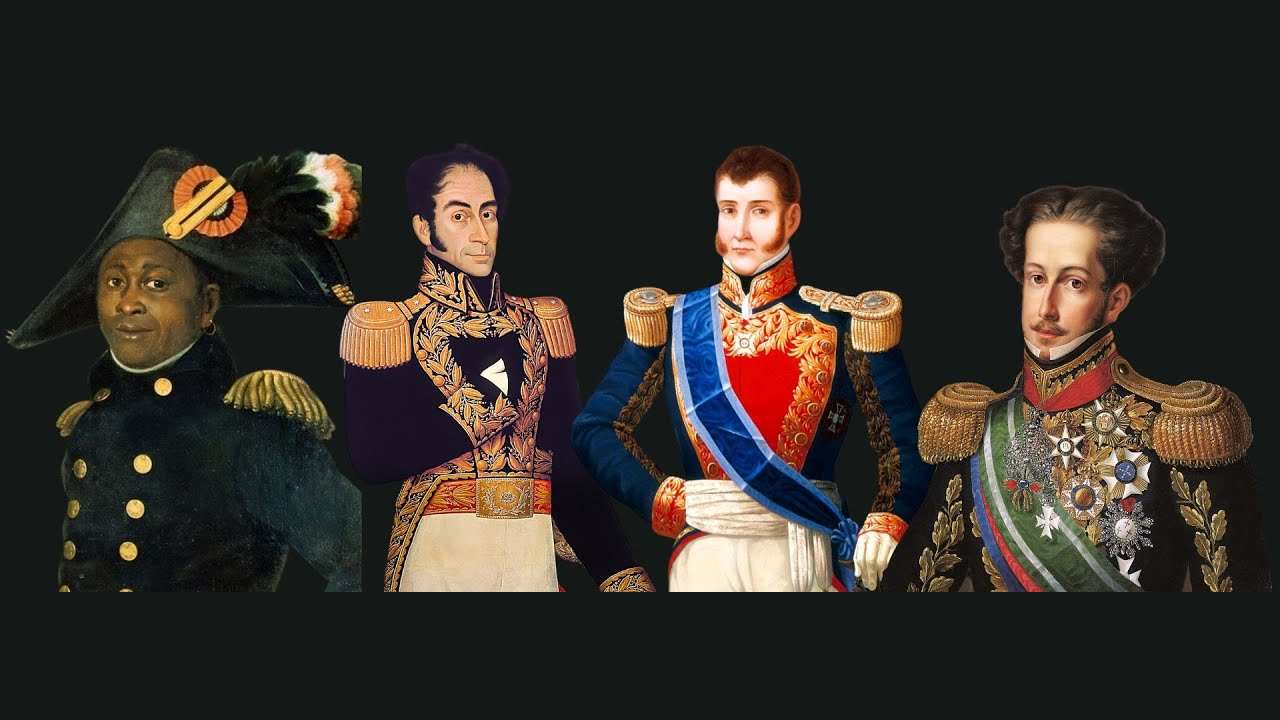Unit 17: The Revolutionary Spirit Reaches Latin America (1800s) Overview
Unit 17: The Revolutionary Spirit Reaches Latin America (1800s)

Unit 17: The Revolutionary Spirit Reaches Latin America (1800s)

Unit 17: The Revolutionary Spirit Reaches Latin America (1800s)
This unit emphasizes how social unrest in other parts of the world inspired and led to revolution in Latin America.
History of Latin America, history of the region from the pre-Columbian period and including colonization by the Spanish and Portuguese beginning in the 15th century, the 19th-century wars of independence, and developments to the end of the 20th century.
Latin America is generally understood to consist of the entire continent of South America in addition to Mexico, Central America, and the islands of the Caribbean whose inhabitants speak a Romance language. The peoples of this large area shared the experience of conquest and colonization by the Spaniards and Portuguese from the late 15th through the 18th century as well as movements of independence from Spain and Portugal in the early 19th century. Even since independence, many of the various nations have experienced similar trends, and they have some awareness of a common heritage. However, there are also enormous differences between them. Not only do the people live in a large number of independent units, but the geography and climate of their countries vary immensely. The inhabitants’ social and cultural characteristics differ according to the constitution of the occupants before the Iberian conquest, the timing and nature of European occupation, and their varying material endowments and economic roles.
Since the Spanish and Portuguese element looms so large in the history of the region, it is sometimes proposed that Iberoamerica would be a better term than Latin America. Latin seems to suggest an equal importance of the French and Italian contributions, which is far from being the case. Nevertheless, usage has fastened on Latin America, and it is retained here.
Unit Focus
- how the countries of Latin America gained their independence
- rigid social order in Latin America
Vocabulary
Lesson Reading
Videos and Interactives (Click on Images to View Content)

